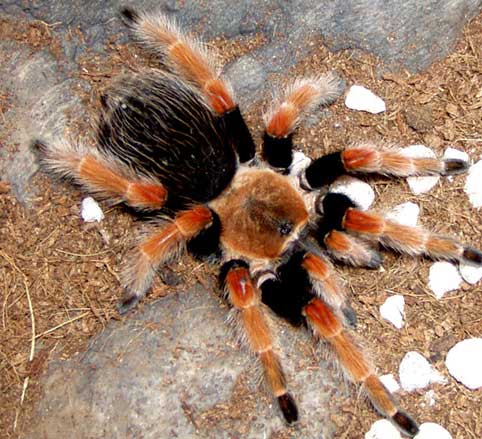Tarantula – Big, Hairy, Scary Spider
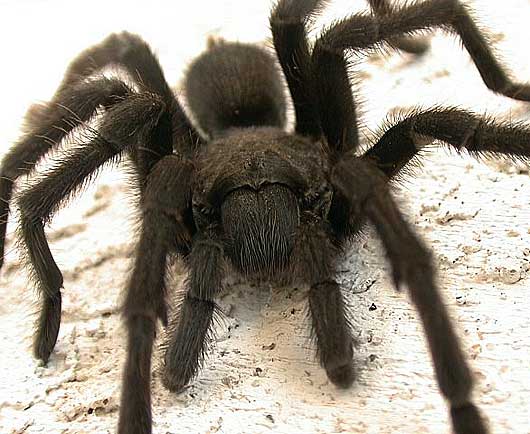
A tarantula is a common large hairy arachnid often considered a spider and often kept as an exotic pet. They terrify many people due to their huge hairy bodies and eight creepy legs. These spiders are completely harmless to mankind aside from a painful bite and some of them have a mild venom that can’t even compete with the sting of the common bumble bee.
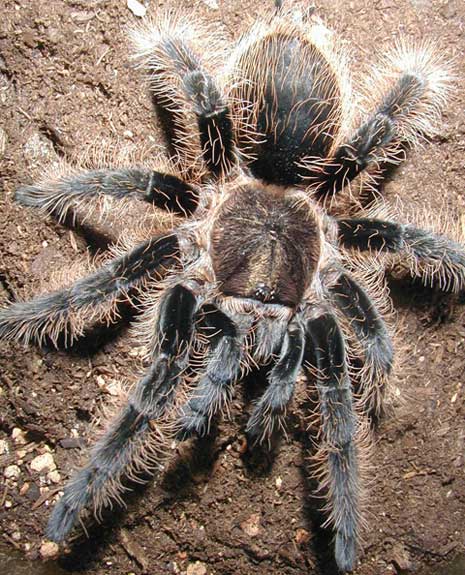
Tarantulas are known for their molting, in which they shed their external skeleton. Interestingly, in this process they also shed many of their internal organs including the female genitalia, stomach lining and they can even regenerate legs they may have lost.
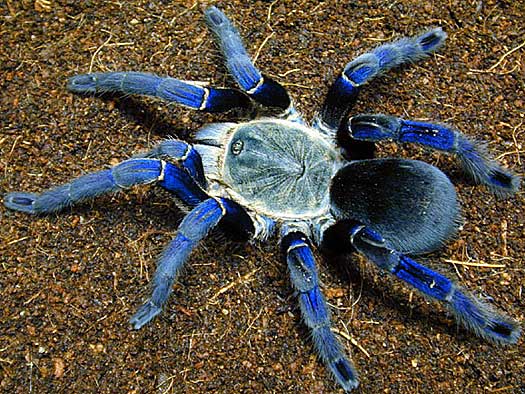
Tarantulas are accomplished predators and hunt in a calm and collected manner. They move slowly and calculatedly and their prey mainly consists of insects. However they do target bigger game including frogs, toads and mice. The South American bird-eating spider is a type of tarantula and as its name suggests, it eats birds.
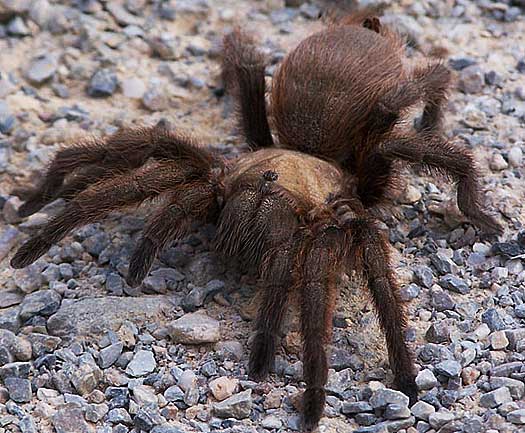
Unlike spiders, the tarantula doesn’t use a traditional web to ensnare its prey. They do sometimes spin a line of silk to use as a tripwire which acts as a signal if something approaches its burrow. It gives it the chance to hide from predators or quickly catch passing prey. When catching their prey, they grab with their legs, inject their paralyzing venom and kill them with their strong fangs. They also produce a special digestive enzyme which liquefies their victim’s body for quick digestion. An individual can eat enough in one sitting so they don’t need to eat again for a whole month.
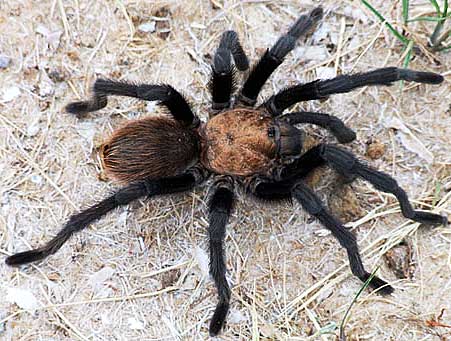
They do have a few natural predators, the most notable one being the parasitic pepsis wasp. This wasp can paralyze a tarantula with its sting and cover its body with eggs. When these eggs hatch, the wasps larvae live off the tarantulas flesh and slowly devour it!
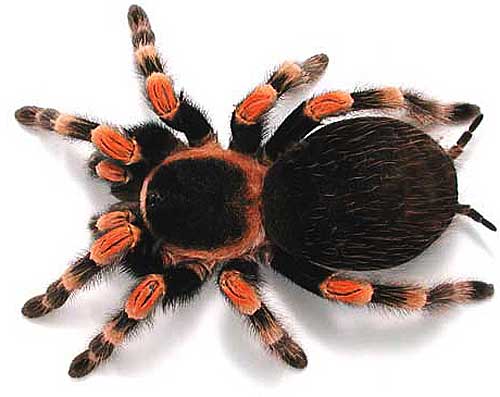
The tarantula has a ritualistic mating pattern which begins with the male spinning a web and depositing its sperm on the surface. Then they copulate by using their pedipalps (short leg-like appendages by their mouth) and then the male tries to scuttle away as quickly as possible, as the female will eat her mate if she has the chance to! The female then seals the eggs and sperm in a cocoon and will hatch between 500 and 1,000 young ones within the next six to nine weeks.
